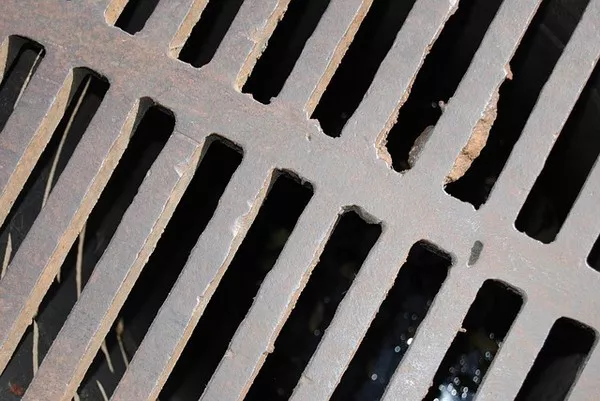Sustainable wastewater management is a critical concern in today’s world, and Sewage Treatment Plants (STPs) play a pivotal role in ensuring the responsible treatment of sewage and industrial wastewater. An STP plant is a complex system designed to remove contaminants from wastewater before releasing it back into the environment safely. Proper operation and maintenance of an STP plant are essential to ensure its efficiency and environmental compliance. In this article, we will delve into the key aspects of operating an STP plant effectively, covering everything from system components to maintenance practices.
Understanding the Components of an STP Plant
Before we dive into the operational aspects, it’s crucial to understand the key components of an STP plant:
Inlet Chamber:
- The first point of contact for incoming sewage.
- Screens and bar screens remove large debris and solids.
- Grit chambers remove sand and grit.
Primary Treatment:
- In this stage, primary clarifiers settle suspended solids and organic matter.
- Solids settle to the bottom and are collected as primary sludge.
Secondary Treatment:
- Activated sludge process or other biological treatments.
- Microorganisms break down organic pollutants.
- Aeration tanks provide oxygen for microbial growth.
Tertiary Treatment (optional):
- Further purification using advanced processes like filtration or chemical treatment.
- Ensures high-quality effluent suitable for reuse.
Disinfection:
- Chlorination, ultraviolet (UV) radiation, or other methods to kill pathogens.
- Ensures the treated water is safe for discharge or reuse.
Operational Best Practices
Regular Monitoring:
- Continuous monitoring of influent and effluent quality.
- Automatic sensors and instruments for pH, dissolved oxygen, and turbidity.
- Data logging and alarms for quick response to deviations.
Proper Influent Screening:
- Ensure efficient removal of large debris and grit to prevent damage to downstream equipment.
- Routine cleaning and maintenance of screens.
Maintenance of Primary Clarifiers:
- Regularly remove settled sludge to prevent buildup.
- Inspect and maintain mechanical equipment like scrapers and skimmers.
Biological Treatment Optimization:
- Maintain optimal temperature and pH levels for microbial activity.
- Adjust aeration rates based on oxygen demand.
- Periodic sludge wasting to control biomass levels.
Tertiary Treatment (if applicable):
- Maintain tertiary treatment equipment like filters and chemical dosing systems.
- Regular backwashing of filters to prevent clogging.
Disinfection:
- Calibrate disinfection equipment for accurate dosing.
- Regularly check chlorine or UV lamp performance.
Safety Measures:
- Ensure proper ventilation in confined spaces.
- Provide personal protective equipment (PPE) to workers.
- Conduct safety training for staff.
Energy Efficiency:
- Implement energy-efficient technologies and practices.
- Optimize pump operations and control systems.
Regular Inspections:
- Conduct routine inspections of tanks, pipes, and valves for leaks or damage.
- Address any corrosion or wear-and-tear issues promptly.
Record Keeping:
- Maintain comprehensive records of plant operations and maintenance activities.
- Useful for troubleshooting and regulatory compliance.
Environmental Compliance
STP plants must comply with local, state, and federal environmental regulations. Regularly monitor and report effluent quality, and maintain records to demonstrate compliance. Failure to meet regulatory requirements can result in fines and legal consequences. Stay informed about changing regulations and update your plant accordingly.
Emergency Response
Prepare for emergencies such as equipment failures, power outages, or extreme weather events. Develop an emergency response plan that includes procedures for shutdown, containment, and notification of relevant authorities. Regularly train plant personnel in emergency protocols.
Operator Training
Invest in comprehensive training programs for STP plant operators. Properly trained personnel are more likely to operate the plant efficiently, identify issues early, and respond effectively to emergencies. Training should cover both theoretical knowledge and hands-on experience.
Community Engagement
Engage with the local community to address concerns and build trust. Hold public meetings, provide information about plant operations, and address any complaints promptly. Being transparent and responsive fosters goodwill and ensures better cooperation with local authorities.
Conclusion
Operating an STP plant effectively is a multifaceted task that involves understanding the plant’s components, adhering to best practices, ensuring environmental compliance, and preparing for emergencies. By implementing the recommendations outlined in this article, you can not only maintain the efficiency of your STP plant but also contribute to a cleaner and healthier environment. Remember that sustainable wastewater management is a shared responsibility, and STP plant operators play a crucial role in achieving this goal.

